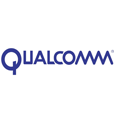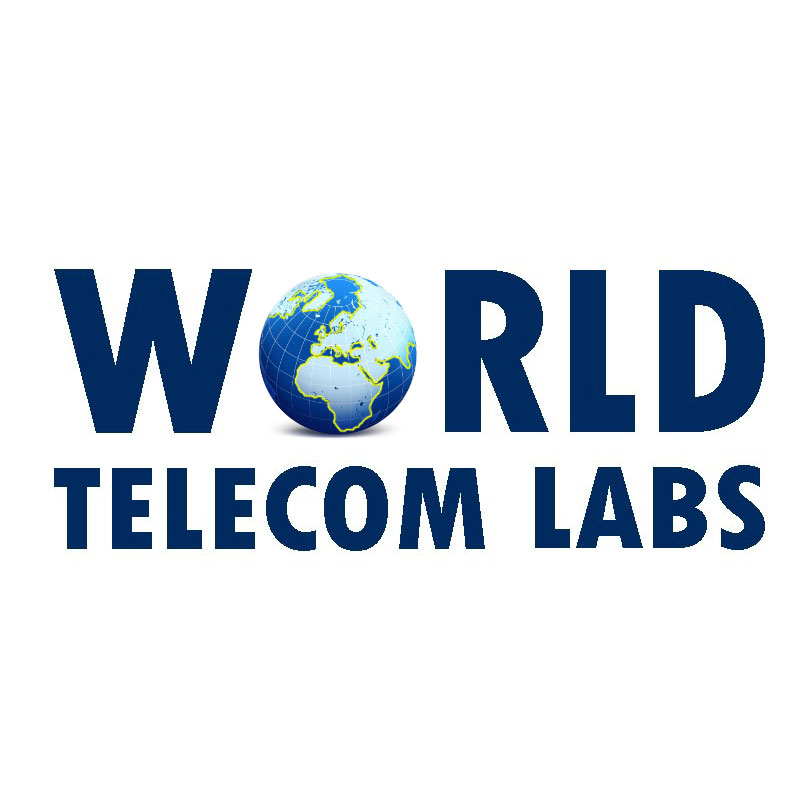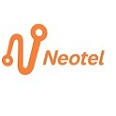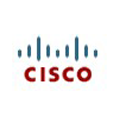 Smartphone charging technology has come a long way since the days of microUSB chargers, but it has also become more confusing.
Smartphone charging technology has come a long way since the days of microUSB chargers, but it has also become more confusing.
The charging time for a smartphone depends on the connector type, charger cable, adapter, manufacturer, and chipset, making it difficult to determine the best way to power up your device.
Qualcomm developed quick charging technology to improve the overall charging time of Android smartphones, but many manufacturers also created their own charging solutions, resulting in a collection of different standards depending on device.
There, the type of device you have will determine the quickest way to get your smartphone from 0-100%.
To see what works, we best have outlined the different options available – from proprietary charging solutions to cross-compatible wireless chargers.
iPhone
If you have an iPhone, it is relatively easy to determine which is the quickest way to charge your smartphone.
Because Apple’s new smartphones use a Lightning connector, they are not compatible with Android charging standards and have only a few options available.
If you own an iPhone 8 or newer smartphone, your device supports wireless charging as well as fast charging over the USB-PD standard by using a compatible adapter and USB-C to Lightning charging cable.
It is important to note that Apple’s iPhones do not ship with a fast-charging adapter and you will have have to fork out the money for Apple’s 29W USB-C power adapter if you want to use fast charging.
You can also charge your iPhone 8 or newer using any compatible Qi-certified wireless charger, but these are a lot slower than fast wired charging – as the charge rate reaches 7.5W.
Owners of older iPhones are stuck without fast charging support, while users with newer devices can shell out R849 for the compatible power adapter if they want the best charging speeds.
Android
For Android users, fast charging support is a lot more complicated and will require you to check the specifications of your specific device.
As far as brands go, Huawei’s fast charging technology currently offers the best charging rate out of all the solutions on the market, according to research from HomeTop.
Samsung’s Adaptive Fast Charging and OnePlus’s Dash Charging solutions follow Huawei, and Qualcomm’s Quick Charge standard lags behind these.
Bringing up the rear is USB-PD and the technology used by Apple’s iPhone.
Another advantage for Android users here is that many flagship devices are bundled with a fast charger and cable, removing the need to spend additional money for fast charging support.
USB vs Wall Chargers
As a general rule, you should connect your charging cable to a fast charging adapter for the quickest charging speeds possible, but this may change depending on the USB port standard available.
For example, if you only have an older adapter without support for fast charging but still have your fast-charging compatible cable and modern PC, you may be able to charge your device faster from a USB 3.0 port due to its better power delivery capacity.
Additionally, if you have a Thunderbolt 3 port, a compatible USB Type-C charging cable, and your chipset includes support for charging over this standard, you may be able to beat the capacity of some wall chargers.
In many cases however, you will be supplied with a fast charging wall adapter and compatible cable in your Android device’s box, and you will be hard-pressed to beat the speeds delivered by this hardware combination when plugged into a wall.
Wired vs Wireless
When it comes to wired versus wireless charging, wired charging wins almost every time, according to benchmarks conducted by AnandTech.
This is largely due to transfer inefficiencies with wireless charging technology compared to the regular wired set-up, with even fast wireless charging technology failing to keep up with modern fast wired charging speeds.
Wireless charging does have its advantages, however, removing the need to fiddle with individual cables and allowing you to charge multiple devices simultaneously.
However, if you’re in a rush to charge your smartphone, the best route is usually to plug in a wall adapter and cable.









